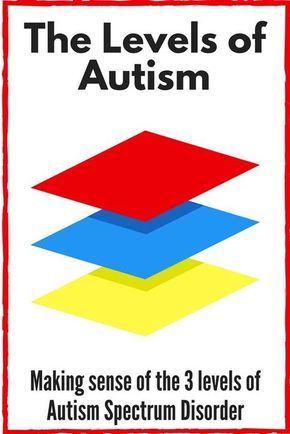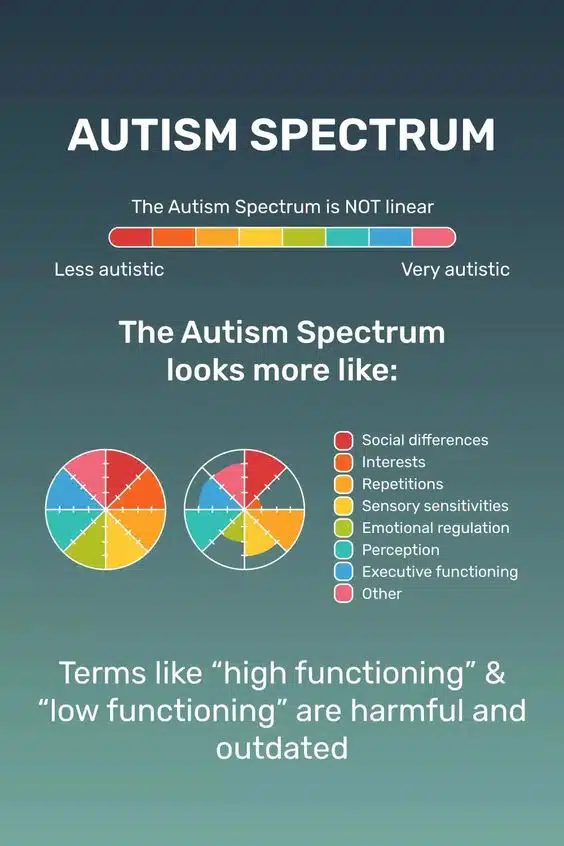Autism Severity Levels help parents understand and provide appropriate support for their child on the autism spectrum. Here’s what you need to know:
- Diagnostic process: Healthcare professionals conduct assessments considering factors like social communication, repetitive behaviors, and support needed for daily activities.
- Criteria and observations: Professionals use the DSM-5 criteria and gather information through observations, interviews, and assessments.
- Communication of severity levels: Professionals share the severity level with parents, guiding them on support and interventions.
- Individualized approach: Every individual with autism is unique, so personalized strategies based on strengths, challenges, and needs are crucial.
- Dynamic nature: Severity levels can change over time as individuals progress and acquire new skills with interventions and support.
Understanding autism severity levels empowers parents to advocate for tailored programs, therapies, and resources that promote their child’s growth, independence, and overall well-being. Goally, a tablet with apps for visual schedules, AAC, gamified learning, and social skills training, aids children with different autism severity levels in building essential life and language skills, improving emotional regulation, executive functioning, and fostering independence.
This post was originally published on May 24, 2023. It was updated on July 14, 2023.















